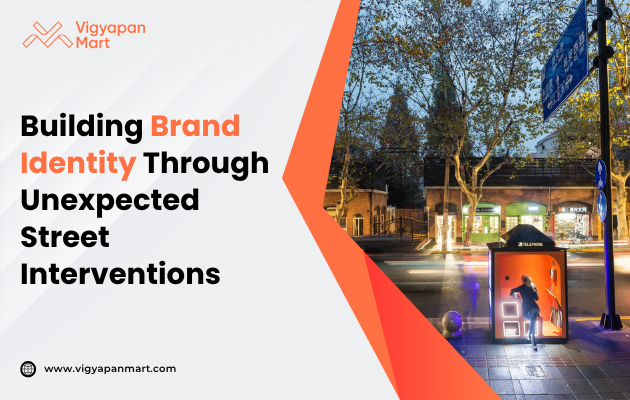How to Use Street Furniture Advertising for Hyper-Local Targeting

Street furniture advertising transforms everyday public fixtures—like bus shelters, benches, and kiosks—into powerful marketing tools that connect brands directly with local communities. Here's how you can leverage this medium for hyper-local targeting:
Why Choose Street Furniture for Hyper-Local Campaigns?
Street furniture ads are strategically placed in high-traffic, community-centric locations, ensuring your message is seen by people who live, work, and shop in the area you want to reach. Unlike digital ads, these placements offer a constant, physical presence that cannot be skipped or ignored, building trust and familiarity within the neighborhood.
1. Select the Right Locations
- Pinpoint High-Traffic Areas: Choose bus shelters, benches, or kiosks near busy intersections, shopping districts, parks, or transit hubs to maximize exposure among local residents and commuters.
- Target Specific Neighborhoods: Focus on precise geographic areas—such as a particular suburb, ZIP code, or even a few city blocks—to ensure your campaign reaches the intended audience.
- Consider Untapped Suburban Spots: Placing ads in suburban or residential areas helps you connect with audiences that competitors may overlook, fostering community loyalty.
2. Tailor Your Message for Local Relevance
- Customize Content: Craft messages that reflect local culture, events, or community interests to make your brand relatable and memorable.
- Promote Local Offers: Highlight deals, events, or services available at nearby outlets to drive immediate action and store visits.
- Use Local Language and Imagery: Incorporate familiar landmarks, neighborhood names, or local slang to resonate with residents and evoke a sense of belonging.
3. Leverage Technology for Dynamic Targeting
- Programmatic Digital OOH (DOOH): Use modern platforms to buy ad space on digital street furniture, allowing you to update messages in real time based on factors like time of day, weather, or local happenings.
- Geo-Targeting: Combine outdoor placements with mobile data to refine your audience and measure engagement, ensuring your ads are seen by those most likely to respond.
4. Integrate with Community Life
- Blend with Urban Design: Ensure your ads complement the local environment, using creative designs that enhance rather than disrupt public spaces.
- Functional Value: Consider adding useful features such as maps, event info, or weather updates to your ad placements, making them both informative and engaging.
- Encourage Interaction: Incorporate QR codes or social media prompts to drive digital engagement and track campaign performance.
5. Measure and Optimize
- Track Engagement: Use unique promo codes, QR scans, or foot traffic data to assess the impact of your campaign and adjust strategies as needed.
- Monitor ROI: Hyper-local targeting often results in higher conversion rates and better ROI due to the relevance and immediacy of the message.
Conclusion
Street furniture advertising is a cost-effective, high-visibility way to engage local audiences with tailored, hyper-local messaging. By selecting strategic locations, customizing content, leveraging technology, and integrating with the community, brands can build strong neighborhood connections and drive real-world results. Launch your next successful street furniture advertising campaign with Vigyapan Mart experts. Get step-by-step guidance, a full-fledged creative team, and dedicated manager to assist the campaign, on-desk and on-ground.









